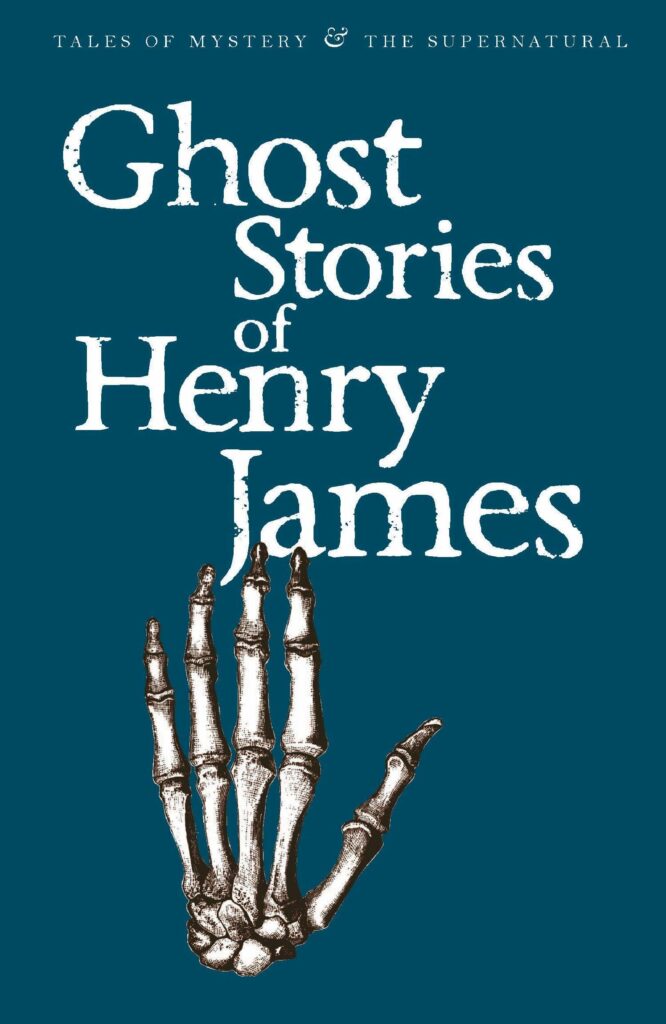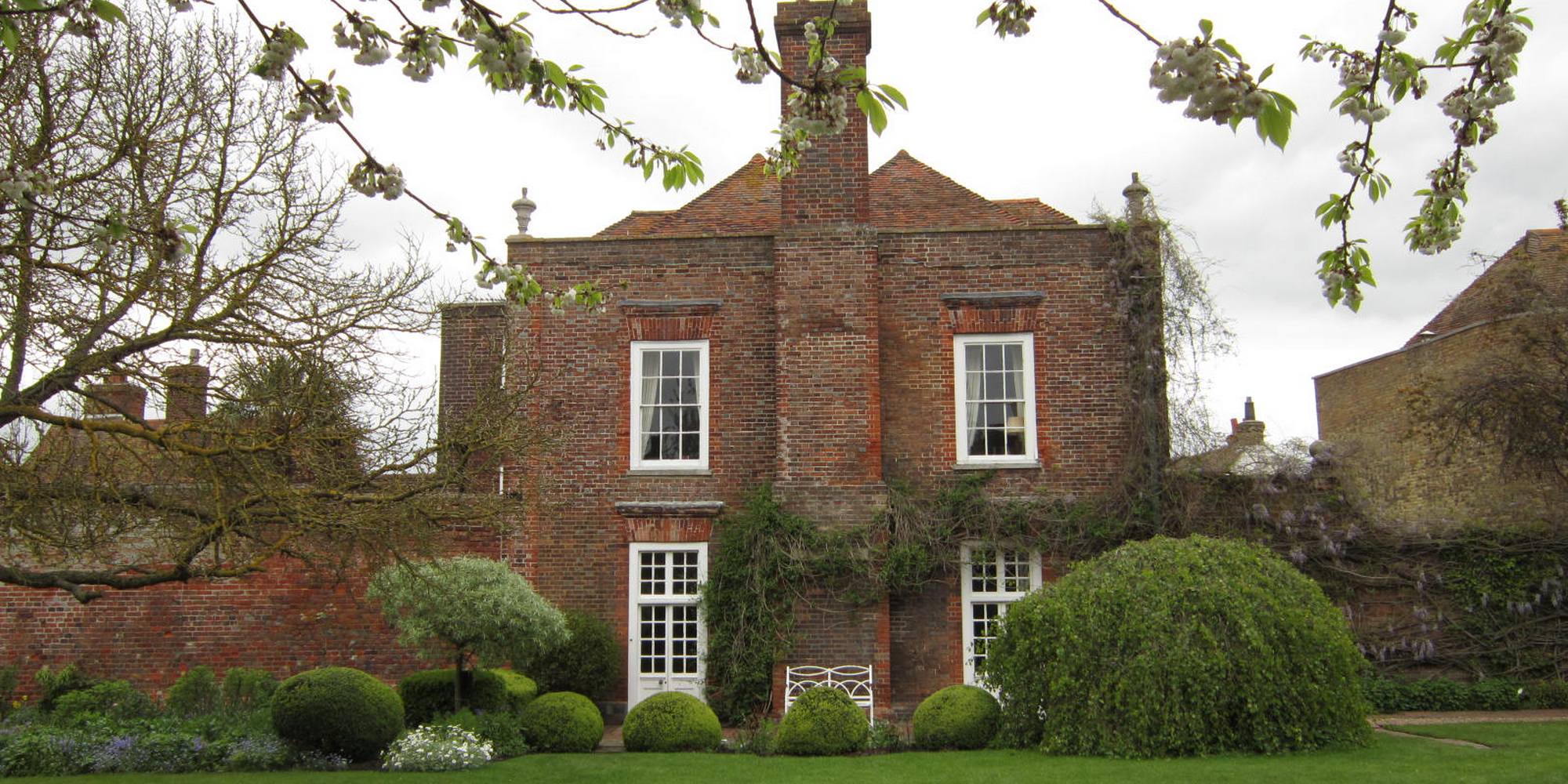
Henry James and Lamb House
A House of Fiction: Sally Minogue visits Henry James’s English residence.
I’d tried several times before to visit Lamb House in Rye, where Henry James lived from 1897 until 1915, first leasing it and then in 1899 buying it outright. In the midst of wandering around Rye, I’d looked at its elegant 18th-century facade and tried to glimpse its garden, but, being closed, it blinded windows gave it an air of snootiness, of closing itself off to the ordinary onlooker, which I then attached somehow to its famous resident. Interestingly, James himself wrote when he first leased it, ‘It will give a high-doored, brass-knockered facade to my life’. Recently, I re-read The Portrait of a Lady; I have to admit I found it challenging. Only in the last third did the portrait of its central character, Isabel Archer, come into focus, and I couldn’t see quite why there was such a long, slow build-up before the psychological action – which is immensely powerful and tragic – begins. So I bethought myself of Lamb House and wondered if passing through its portals would give me any insight into the whorled mysteries of James’s prose. Am I sounding a little Jamesian?
My difficulty with The Portrait of a Lady can be laid only at my own door; countless writers and readers regard it as the acme of the art of fiction. James himself has acquired the soubriquet ‘The Master’. In 2004, two of the shortlisted Booker prize nominees – Alan Hollinghurst (the winner) and Colm Tóibín – had written novels drawing imaginatively on James, and a third one was published in the same year, by David Lodge. And this year the novelist John Banville has brought out a sequel to James’s Portrait, in homage to the novel from whose first reading he dates the point at which ‘I fell at once under the spell of the Master, and have knelt at his feet ever since’.
So where am I going wrong? The answer lies in part in that epithet I used earlier: ‘Jamesian’. Edmund White, reviewing Banville’s book, Mrs Osmond, in The Guardian (14-10-17), remarks, ‘At times it has the glacial pace of the original, endless psychological dithering punctuated by brilliant flashes of melodrama’. I think that’s meant to be a compliment. Then there are those famous sentences. Critics compete to find the best way of describing them. Anthony Lane, listening appreciatively to a commemorative reading of James on the centenary of his funeral, in the very London church where the funeral took place, thinks first of the alarm James can strike:
Little is as frightening to the innocent student of literature than the first sight of a page of The Golden Bowl, those unhurried sentences rolling away into the middle distance like the tributaries of some great, untraceable river.
Jonathan Reeve describes a particularly long James sentence as ‘copious, labyrinthine: an architectural wonder.’ He goes on to subject this sentence to the arcane skills of linguistic and syntactical analysis – well worth sampling for their own convoluted extraordinariness – but not before he has noted that ‘James’s style [is] alive and beating in this sentence’.
As the above quotations show, James brings out the best in other writers; he sets the standard, and they aspire to it. Lane’s account of a moment of mourning, that transcends anniversary dates and recognises the power of the novelist’s art, is a beautiful example of a writer rising to his subject, and to the occasion. So what these responses tell me is that the power of James lies beyond the prodigious sentences, beneath the slow flow of events, and somewhere in the ‘alive and beating’ – style. Now what we would expect to be alive and beating is the heart. But for James, style is the heart. That is the secret that has to be unfurled.
James’s great metaphor for the writing imagination was that of the house of fiction. It is in his Preface to the publication of The Portrait of a Lady for the 1907-09 New York Edition of his fiction that James makes these remarks:
The house of fiction has in short not one window, but a million – a number of possible windows not to be reckoned, rather; every one of which has been pierced, or is still pierceable in its vast front, by the need of the individual vision and by the pressure of the individual will. (7)
The whole passage – to be found in James’s Preface in the Wordsworth edition – is really a remarkable early advertisement for modernism. James highlights the infinite (‘not to be reckoned’) possibilities of human experience, embodied in each one of those windows. He forefronts the uniqueness of the individual, but his architectural metaphor is so constructed that it works both ways, outward and inward. Is the individual vision and will that of the writer, pierce inward? Or is it that of the subject, expanding outward? Then James shifts again: ‘They are but windows at the best, mere holes in a dead wall, disconnected, perched aloft; they are not hinged doors opening straight upon life.’ (7) This disavowal of transparency, the bleakness of its language (‘mere holes in a dead wall, disconnected’), looks even more towards modernism.
So on the one hand we have the finely tuned, orotund sentences (‘orotund’ always springs to mind with James because he was himself that); on the other, we have that full intuition about disconnected individual consciousness that looks forward to Woolf and others. In the middle we have James’s highly active creative intelligence, whirring away whether he is writing letters (some 40,000 estimated, though many of these are lost), correcting proofs, in a manner that reminds us both of the power an author once had and of the craziness of allowing that power full rein. Nowhere was his imaginative intelligence so fully engaged as in the act of writing fiction itself.
James was a dedicated writer. In the mid-1890s, his fiction sales were declining and he had had a humiliating disaster with the play on which he’d set his reputation, Guy Domville. So what did he do? Only weeks after his play’s failure, he wrote in his Notebook, on January 23rd 1895: ‘I take up my own old pen again – the pen of all my old unforgettable efforts and sacred struggles … large and full and high the future still opens. It is now indeed that I may do the work of my life. And I will.’ Two years later he rented Lamb House, with its Garden Room (actually a substantial small building) in which he saw he could write. Away from the social distractions of London, he lashed himself to the wheel. From that period flowed the works which are regarded as supreme late James: The Golden Bowl, The Ambassadors, and The Wings of the Dove. He was perhaps freed in this enterprise by taking on an amanuensis, Theodora Bosanquet, who typed to his dictation. It has been speculated that his style changed in relation to this different manner of composition.
We don’t generally associate bravery with Henry James. But the thing I felt as I walked around Lamb House was a respect for and an understanding of a writer’s imagination under constant pressure. And at the same time as he was creating new novels, James was reconsidering his earlier ones. Those included in the New York Edition were all subject to revision. The Portrait of a Lady began in Florence, continued in Venice, and was in 1906 revised in humble Rye, perhaps appropriately since it begins and ends in an English country house. Novels of this magnitude don’t happen by accident; they are the product of deep and constant work. I came away from Lamb House with renewed respect. And I aim to dedicate more time, thought and feeling to James’s work.
There is a vast array of critical and biographical material on Henry James, and much of his own massive output is available in print, including letters and notebooks as well as fiction. A number of his titles are published by Wordsworth, including The Portrait of a Lady (the text is that of the 1906 revision).
Michael Gorra’s Portrait of a Novel: Henry James and the Making of an American Masterpiece (Norton, 2012) gives an account of The Portrait of a Lady which also contrives to be a portrait of James himself. It looks illuminatingly at the differences between the original and the revised texts and makes a powerful case for his naming the novel ‘an American Masterpiece’.
Lamb House is a National Trust property. At this time of year it is only open Fridays and Saturdays, and Saturday, 28 October is the last day for 2017 before re-opening in Spring 2018.
Books associated with this article
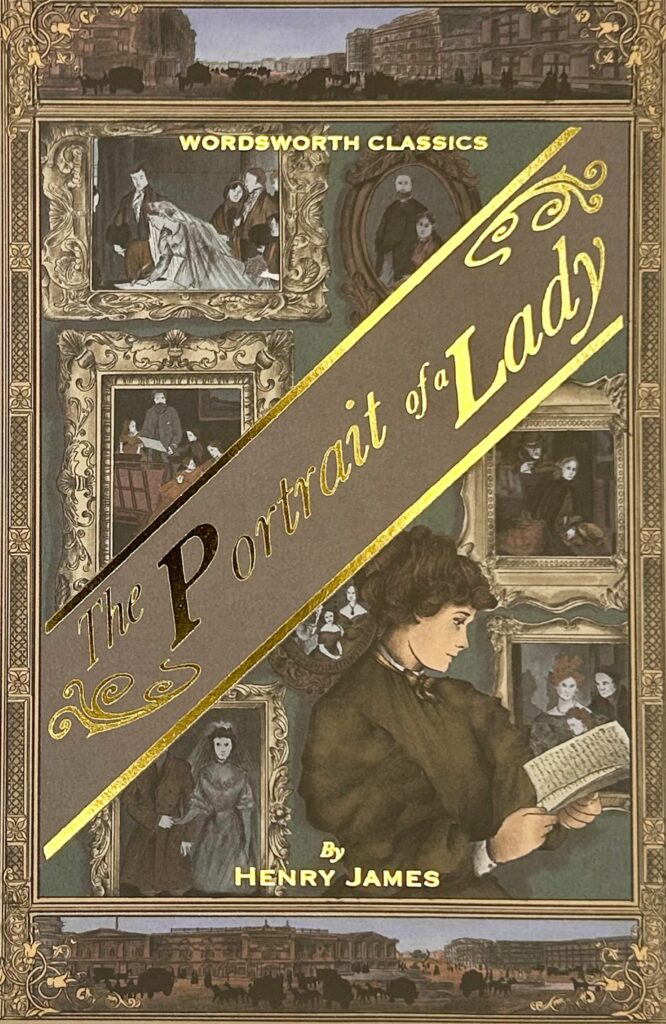
The Portrait of a Lady
Henry James
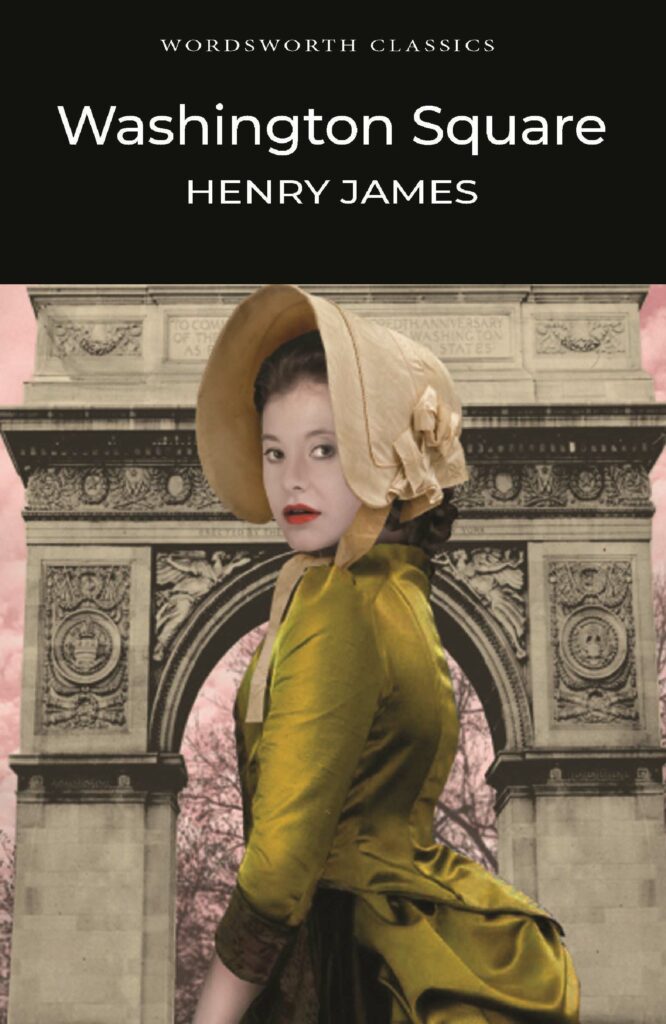
Washington Square
Henry James
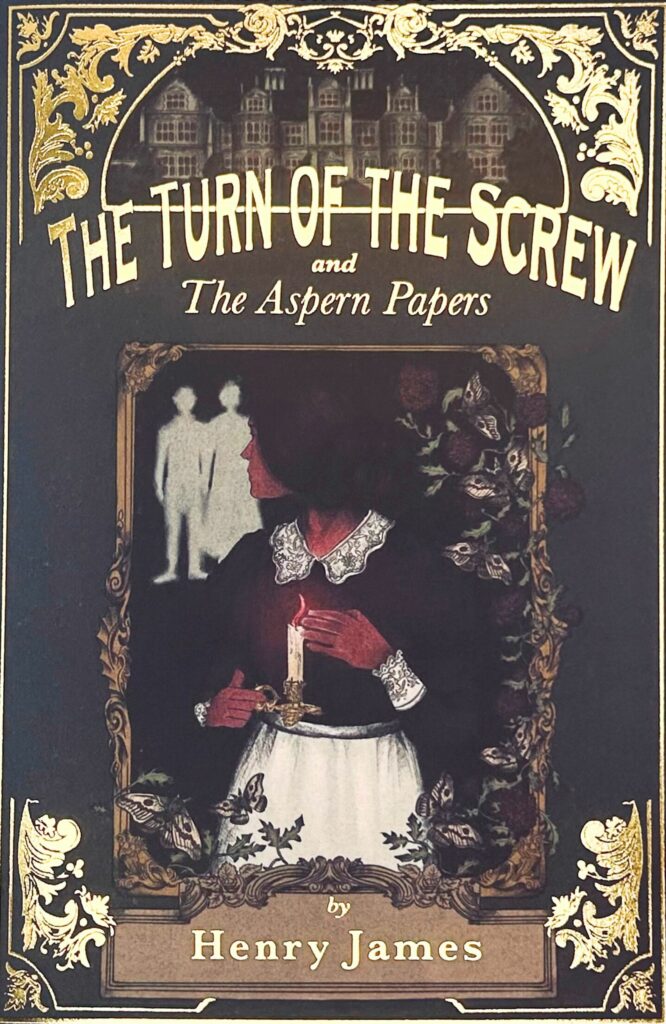
Turn of the Screw & The Aspern Papers
Henry James
